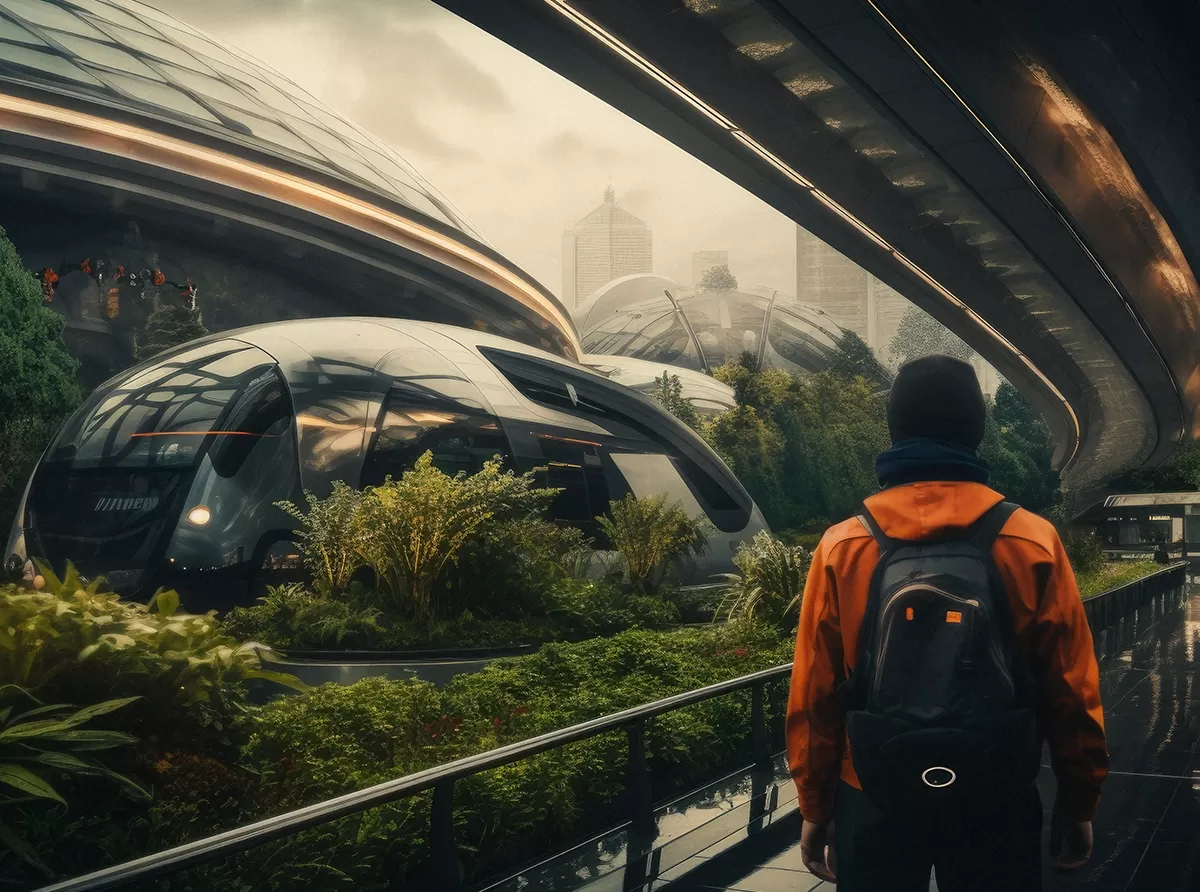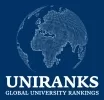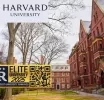Google Research calls this the “Magic Cycle” a concept that perfectly illustrates how universities, researchers, and industries can work together to accelerate global innovation. For higher education leaders, understanding this cycle is key to building universities that not only teach but also innovate, apply, and evolve.
What Is the “Magic Cycle”?
The Magic Cycle describes how real-world problems inspire research, and how that research, once applied, generates new insights and challenges that feed back into further study. In simple terms, it’s an ongoing loop that looks like this:
Challenge → Research → Application → New Challenge → Research
Each stage fuels the next, creating a self-reinforcing cycle where science, technology, and human progress move faster together.
Step 1: Real-World Challenges Inspire Research
Every major breakthrough begins with a question:
How can we predict climate change more accurately?
Can AI help detect diseases earlier?
How do we make higher education more accessible?
These challenges motivate scientists, universities, and institutions to explore new theories, models, and tools, laying the foundation for discovery.
Step 2: Research Leads to Innovation
Once research is conducted, it often produces new technologies, data models, or methods that go far beyond the lab.
For example:
- AI models created to understand natural language now power chatbots and translation tools.
- Data-driven research in education is improving how universities measure student wellbeing, employability, and digital engagement, core indicators in the UNIRANKS Methodology.
These outcomes transform not only industries but also how universities prepare students for the future.
Step 3: Application Creates Real-World Impact
When new knowledge is applied, it drives measurable change, from smarter healthcare systems to greener cities and smarter campuses.
Universities that engage with applied research gain visibility, attract funding, and create stronger industry links.
In turn, students experience education that’s connected to real problems, not just theories.
This is where the UNIRANKS Quality of Education and Academic & Research Indicators meet the spirit of the Magic Cycle: turning knowledge into action.
Step 4: Impact Generates New Questions
Once real-world solutions are deployed, new questions arise.
What could be improved?
What limitations exist?
What new technologies are now possible?
Each answer sparks new lines of inquiry, restarting the cycle with more focus, better data, and clearer goals.
This feedback loop is what keeps innovation alive.
Why the Magic Cycle Is Important for Universities
For universities, embracing the Magic Cycle means shifting from “publish and pause” to “publish and apply.”
It encourages collaboration between researchers, industry leaders, and policymakers, and nurtures a mindset where every discovery leads to impact.
Here’s what this means in practice:
- For students: Learning becomes more experiential and connected to real-world problems.
- For academics: Research gains purpose beyond publication, driving real change.
- For institutions: Partnerships, rankings, and visibility increase through applied outcomes.
UNIRANKS encourages universities to measure and showcase this cycle through indicators like:
- Academic & Researchers (15%)
- Employability (10%)
- Digitalization & Smart Campus (10%)
- Quality of Education (15%)
Each reflects the dynamic loop between innovation and application.
Real-World Example: Google Research and the Magic Cycle
Google Research applies the Magic Cycle across its projects, using AI, machine learning, and data analysis to solve complex problems.
- When they develop a new AI model for speech recognition, it improves tools like Google Translate.
- Those real-world results reveal new challenges in language understanding.
- Researchers then refine the models, publish new findings, and restart the cycle, faster each time.
The same pattern can guide universities worldwide, turning classrooms into innovation labs.
How Universities Can Adopt the Magic Cycle Mindset
1. Integrate research with real-world goals. Encourage projects that connect directly with community or industry challenges.
2. Promote cross-disciplinary collaboration. Combine technology, business, and social sciences to create holistic solutions.
3. Use data-driven evaluation. Platforms like UNIRANKS help measure how well universities are closing the loop between discovery and application.
4. Engage students early. Through initiatives like the Career Path Initiative, universities can involve students in research, entrepreneurship, and innovation projects that spark curiosity and purpose.
The Future of Research: Faster, Smarter, More Connected
With AI, cloud computing, and global collaboration, the magic cycle is accelerating.
What once took decades now unfolds in months, giving researchers, universities, and students unprecedented opportunities to make an impact.
UNIRANKS supports this transformation by creating transparent frameworks that connect research, employability, and innovation, empowering institutions to align with the world’s evolving needs.
The Magic Cycle is more than a Google concept, it’s a philosophy for the future of education and research.
It reminds us that innovation never stands still. Each breakthrough creates new questions, new collaborations, and new paths toward progress.
For universities, embracing this approach means staying relevant, impactful, and future-ready.
And for students, it means learning in a world where curiosity and creativity truly lead to change.
References
Google Research. (2024). *What is Google Research?* [blog.google](https://blog.google/technology/research/what-is-google-research/)
UNIRANKS Global Methodology (2025). *Transparency, Collaboration, and Data Integrity in University Rankings.*








Add comment